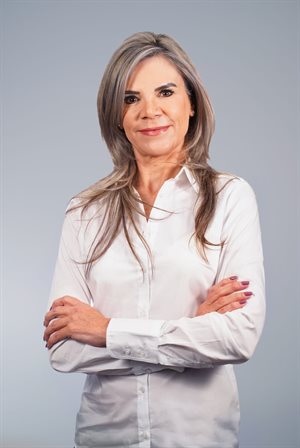
That’s quite a difference.
Moreover, this was the third such report since 2015 and the biggest commissioned to date, surveying some 1,000 companies in 15 countries, and it revealed that, year on year, that percentage is growing exponentially. Quite simply, where there are women, there is success and – even putting aside sound concepts like fairness, good manners, and basic human niceties – a female-centric rethink is also an investment in the bottom line.
Other people won’t be alienated by changes either, or shouldn’t be anyway, because the standard old-style office space was designed to suit the “average” man – average height, weight, shape, age – and that left out absolutely everybody who wasn’t clocking in on the 50th percentile.
Which means most people.
So where to begin? Addressing stereotypes is an obvious starting point, as these often manifest in the physical layout of the workplace and reinforce gender-based tropes and attendant biases. For example, traditional workplaces with enclosed offices were generally occupied on a hierarchical basis with corner offices being the most highly prized. These were typically inhabited by men, hidden, secret, behind closed doors; they have come to signify authority and leadership.
Meanwhile, many of the service staff have typically been female and constantly visible such as receptionists, caterers, and cleaners; these women are witnessed daily in care-giving positions.
This limits imagination, stifling opportunity and even curbing aspirations because, where stereotypes are endlessly reinforced, staff (of all genders) may become limited in their ability to challenge and sidestep, or even transcend, stereotypical roles – for themselves as well as others.
That’s why it’s time to tear down the walls and to think outside the box, literally. And at Cushman & Wakefield | Broll, we are seeing more businesses doing exactly this.
The new world of work instead focuses on fluid spaces, created to be flexible and inclusive so that everyone’s needs are met. This may mean creating collaboration areas, meeting rooms, and non-exclusive bookable office spaces for private or quiet work. There should be equal and open access to natural light, views and desirable workspaces.
Signage, names, and even artwork are being considered differently too: to be inclusive, to be diverse.
Crucially, ablution facilities are increasingly being rethought. Whose loo gets priority? The ideal might be gender-neutral toilets – single restrooms even – with facilities that cater for all.
These are relatively simple practicalities to address, along with seating, heating, lighting and acoustics, but there are deeper issues to tackle too. Routine gender-inclusivity programmes, training and workshops addressing unconscious bias and promoting gender equality among employees and leaders can assist with this.